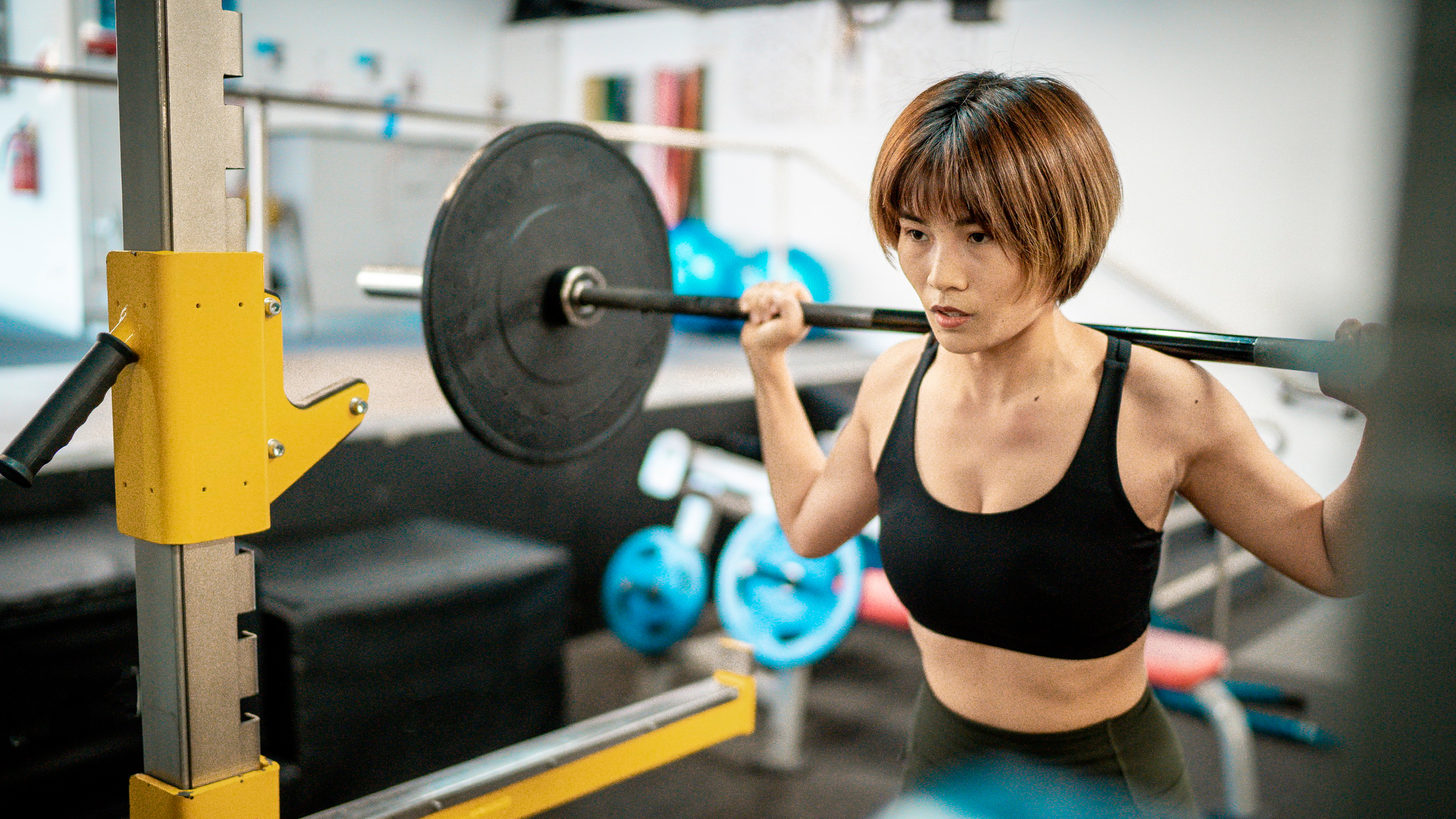We should DOUBLE the minimum exercise guidelines for adults, says new research
Young adults should be getting at least five hours of moderate-intensity exercise a week, according to studies


The World Health Organisation stipulates adults aged 18-64 should do at least 150 minutes of moderate-intensity aerobic physical activity each week. Alternatively, they could do 75–150 minutes of vigorous-intensity physical activity, or a combination of the two. This is the recommended weekly dosage of exercise which will prevent many health problems later on in life. Time to lace up your best workout shoes!
However, we should be doing more. One study, published by researchers from the University of California, has found in order to be healthy in later life, young adults should actually be doing double the amount of exercise recommended by the WHO if they want to stay "robust".
The study followed around 5,000 adults, originally aged 18 to 30, for 30 years, regularly monitoring their exercise habits, medical history, smoking status and alcohol use. It was found in order to prevent hypertension and high blood pressure later in life, young adults should be exercising more, as hypertension occurred even in adults who met the minimum requirements.

The participants who exercised for at least five hours a week during early adulthood (which is double the current minimum requirements) were 18 percent lower than for those who exercised less than five hours a week. Lots of young adults met the minimum requirements when the study first started, but activity levels declined with age. The more you're used to doing, the slower the decline.
Senior author Kirsten Bibbins-Domingo, MD, PhD, said: "Teenagers and those in their early twenties may be physically active but these patterns change with age. Our study suggests that maintaining physical activity during young adulthood -- at higher levels than previously recommended -- may be particularly important."
Obviously, in a world in which we lead incredibly busy lives, we don't always hit that mark – or, sometimes, ever, due to the stresses of shift work, family commitments or any number of factors.
For time-poor individuals, more intense exercise can help shore up the gap. HIIT training, in particular four-minute Tabata workout (like the one below) or our four-week HIIT training plan, can get a lot of the benefits of exercise in relatively small amounts of time. HIIT workouts are also very easy to do at home – all you need are some comfortable clothes and perhaps some simple tools like the best kettlebell to make the most of your training.
Start your week with achievable workout ideas, health tips and wellbeing advice in your inbox.
Matt Evans is an experienced health and fitness journalist and is currently Fitness and Wellbeing Editor at TechRadar, covering all things exercise and nutrition on Fit&Well's tech-focused sister site. Matt originally discovered exercise through martial arts: he holds a black belt in Karate and remains a keen runner, gym-goer, and infrequent yogi. His top fitness tip? Stretch.
